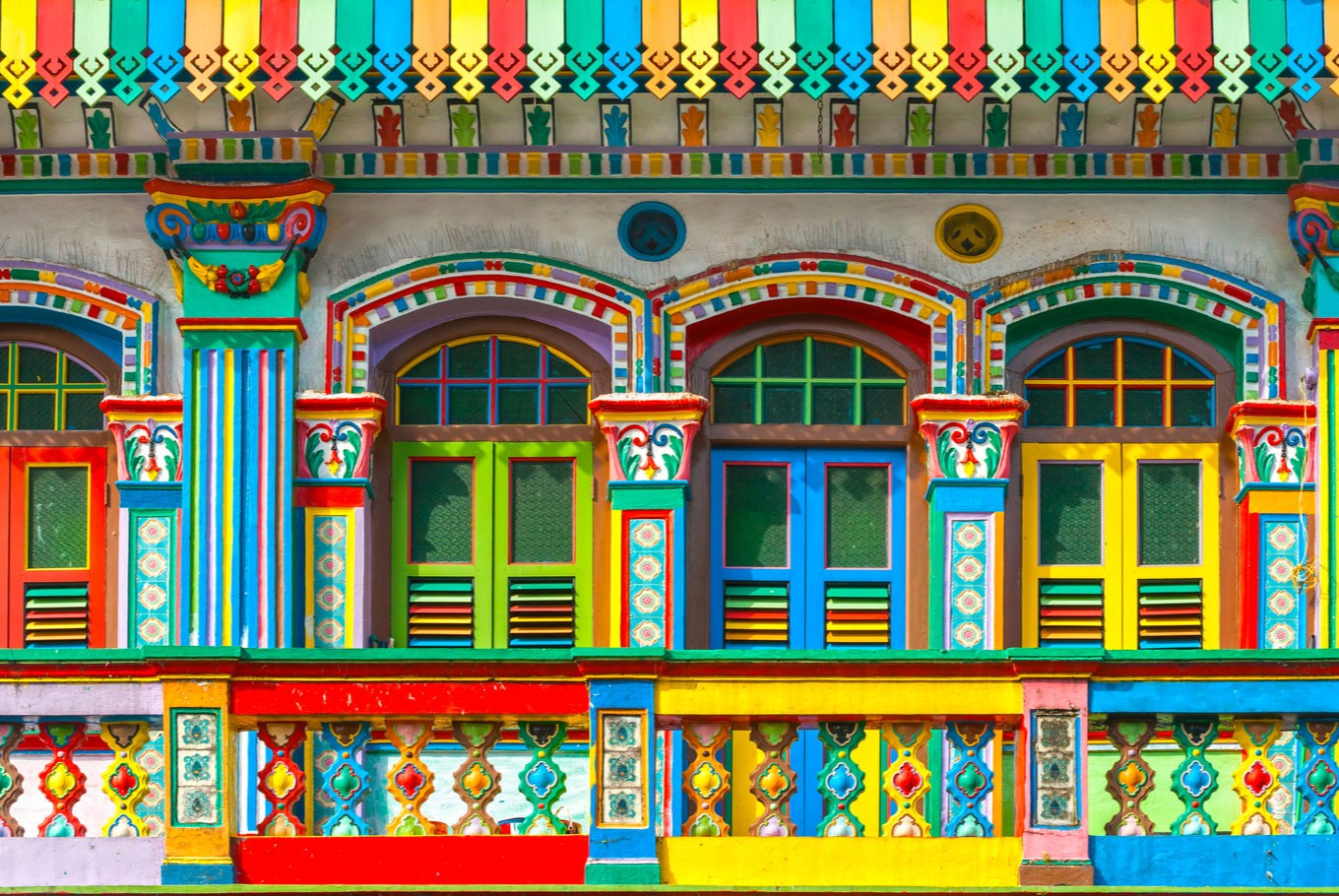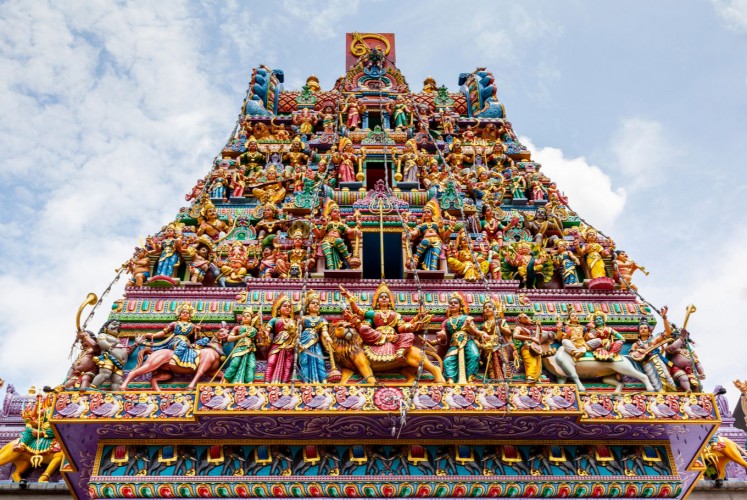Popular Reads
Top Results
Can't find what you're looking for?
View all search resultsPopular Reads
Top Results
Can't find what you're looking for?
View all search resultsThe hidden charms of Singapore's Little India
Change text size
Gift Premium Articles
to Anyone
A
s one of Singapore's most popular tourist spots boasting lots of cultural attractions, Little India makes for an interesting half-day excursion.
Located across from Chinatown, the area was initially a settlement for Indian convicts during the British colony era. Thanks to its location along the Serangoon River, it started to attract cattle and livestock traders, prompting fast economic development in the area. By the turn of the 20th century, the area began to look like what we all know now as Little India.
In the past, my visits to Little India were motivated by the need to visit the famous Mustafa Center, which is open for 24 hours. That, and perhaps the craving of good Kashmiri food that can be found at a few restaurants here. However, during my last weekend trip to Little India I actually discovered many hidden gems in this area that are worth visiting.
One of the first of these gems is none other than the Sri Veeramakaliamman Temple, which is dedicated to the Hindu goddess Kali. Built in 1881, the temple is indeed one of Little India’s renowned icons and one of the oldest temples in Singapore. Famous for its South Indian Tamil style, this temple is notable for its 18-meter high gate tower gopura, decorated with bright sculptures depicting the goddess Kali in a range of different appearances.
As I continued the heritage walk around this neighborhood, I stumbled upon a colorful traditional building that blends colonial and Chinese architecture. Apparently, this is the last surviving Chinese villa in Little India. It was the former house of Tan Teng Niah, built in 1900 for his wife. It is a hybrid of Southern Chinese and European architectural influences featuring a bamboo tile roof and gilded nameplate by the entrance with the calligraphic inscription “Siew Song” (Elegant Pine). This heritage building is iconic for its psychedelic exterior, making it a perfect spot for an Instagram moment.
In the neighborhood we can see beautiful murals depicting stories about Little India’s past all the way to Tekka Centre, a multi-use building complex comprising a wet market, food center and shops. This is the place where you can go in the morning to get some local and traditional breakfast, from Tandoori bread to South Indian tiffin dishes. Not to forget the Chinese stalls with their delicious hawker food selection. Aside from that, the wet market is also one of the best places to find many food products.
On the outskirts of Little India, I ventured to Mud Rock at 85 Maude Road for some fun time with clay. Founded by the duo Michelle and Seok, this ceramic studio allows you to either buy beautiful ceramic pieces created by the founders or get dirty and make your own.
The duo runs weekly beginners and intermediate ceramic workshops where you can learn about the different techniques and intricacies of the craft. The pottery classes for beginners start at S$315 (US$240) per person for five lessons, while children can join in the fun for $336 for eight lessons. Those who just do not have the time can opt for ad hoc one-off trial sessions, described as "an experience of ceramics done on the potter's wheel guided by the instructor", for $70 per person.
After a long day with culture, art and plenty of walking, I am craving for something sweet and indoors. Luckily, Non Entree Desserts is in the vicinity, and this place is famous for various contemporary and traditional desserts. Highlights include upsized nostalgic desserts, such as Any Ku Kueh (made of strawberry curd), Tutu Kueh (coconut almond sponge cake) and the Gem Biscuit that comes in a beautiful presentation. Located at 204 Rangoon Road, Non Entree Desserts has the Heston Blumenthal aura in its approach to dessert.
Back a decade ago, when I first visited Little India to go to the Mustafa Center, a single decent hotel was hard to find. However, the heart of the area now hosts a business hotel, the Hilton Garden Inn Singapore Serangoon. Designed by hospitality design firm Studio HBA, which did a complete renovation on an existing modern midscale hotel, it boasts 328 well-equipped guestrooms, a 24-hour coffee shop, The Garden Grille, and a beautiful pool with a scenic view on the 8th floor.
***
Erza S.T. is the founder of the Indonesia Opera Society, and an avid foodie. He is one of the Iron Chef judges and has been a food critic since the year 2000.
---------------
Interested in writing for thejakartapost.com? We are looking for information and opinions from experts in a variety of fields or others with appropriate writing skills. The content must be original on the following topics: lifestyle (beauty, fashion, food), entertainment, science & technology, health, parenting, social media, travel, and sports. Send your piece to community@jakpost.com. For more information click here.








